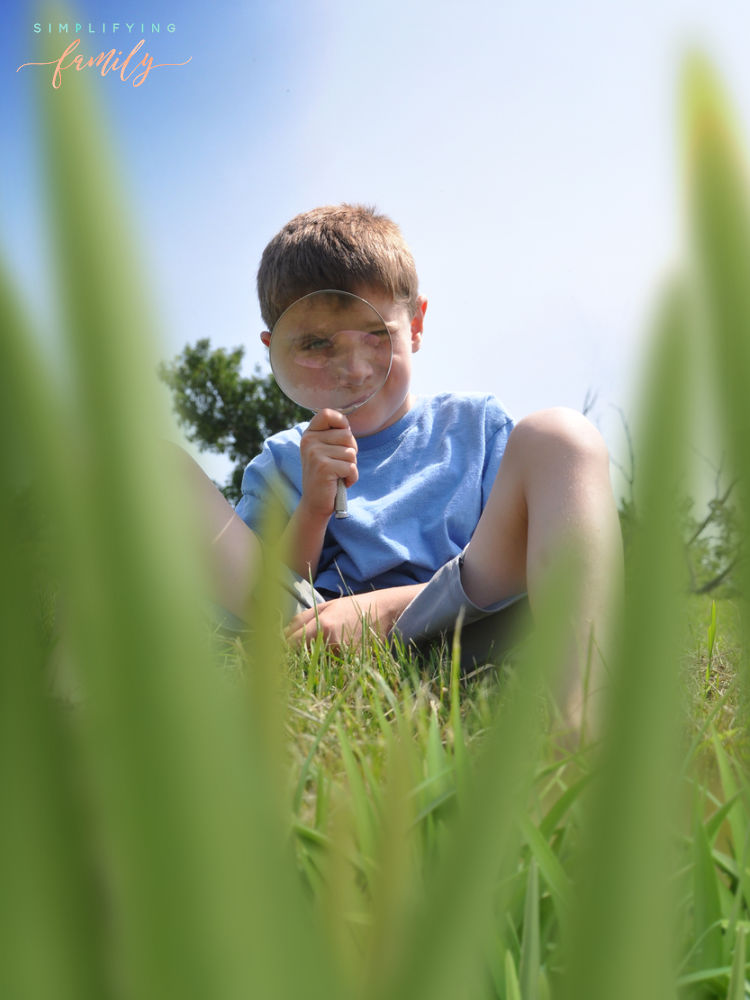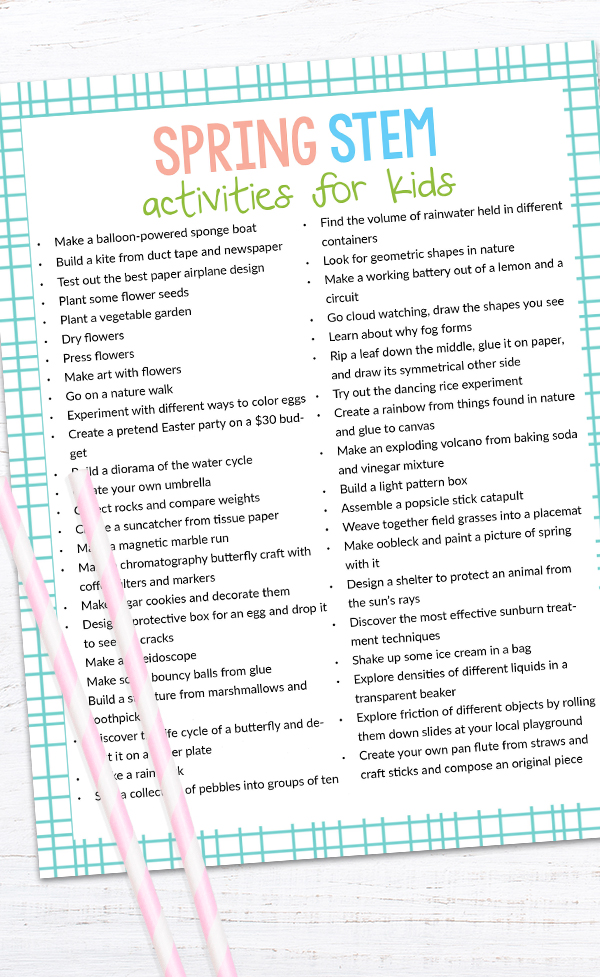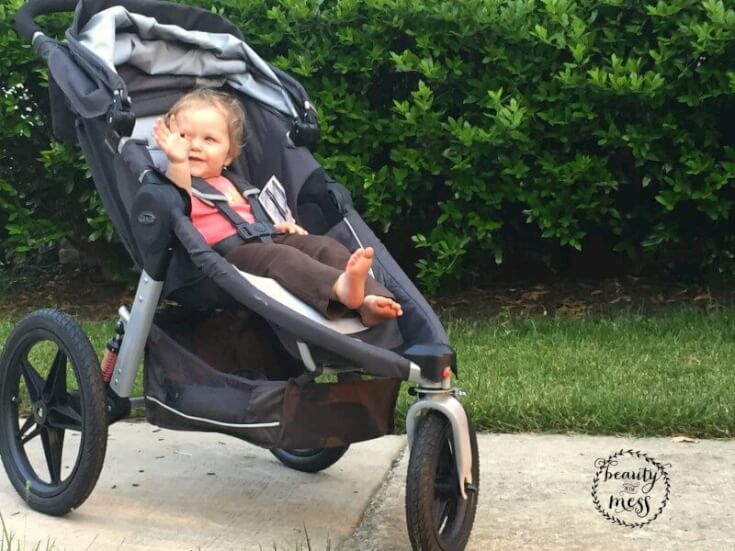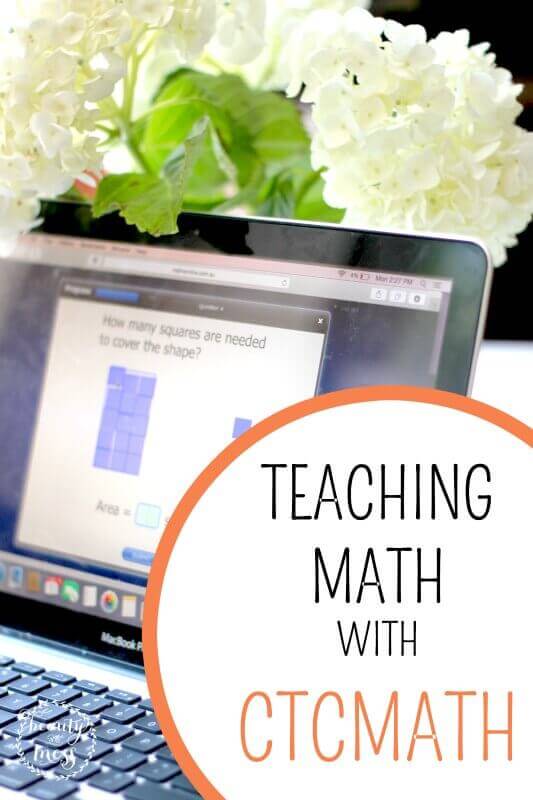42 Fun Spring STEM Activities for Kids
Looking for fun STEM activities for kids to keep them busy this Spring? Here are 42 STEM activities that your kids will love and want to do again and again.

Spring is a season of new beginnings and growth, making it the perfect time to engage children in a fun and educational STEM activities.
From outdoor exploration to hands-on experiments, there are countless opportunities for kids to learn about science, technology, engineering, and math while enjoying the warmer weather and fresh air.
Whether your child is interested in building, coding, or exploring nature, there’s something on this list for everyone. So, get ready to have some fun while learning and growing together!
While some of these activities are spring specific, many can be done all year round!
What is your favorite STEM activity?
What Are STEM Activities?
What exactly is STEM?
Maybe you’re like me and you had heard of STEM but didn’t know exactly what it was.
STEM activities refer to educational experiences that focus on the subjects of science, technology, engineering, and math. These activities are designed to encourage critical thinking, problem-solving, and creativity in children, while also developing skills that are important for their future success.
STEM activities can take many forms, from hands-on experiments and coding projects to outdoor exploration and building challenges. They can be done individually or in groups and can be tailored to different age ranges and skill levels. STEM activities are an important part of modern education, as they help to prepare children for the fast-paced, technology-driven world they will face as adults.
By engaging in STEM activities, children can develop a love for learning and discovery, while also gaining valuable skills and knowledge that will serve them well in their future endeavors.
That’s why I wanted to put together this list of STEM activities for kids!
Spring STEM Activities for Kids
Here are 42 super fun Spring activities to do with your kids!
We may earn a commission if you click a link in this post.

1. Test out the best paper airplane design
Here is a brief guide to folding a basic paper airplane:
- Take a sheet of rectangular paper and fold it in half lengthwise. Make sure the edges are aligned and crease the fold.
- Unfold the paper and fold down the top corners to the center crease. The tips of the corners should meet at the center crease.
- Fold the top edges down to the bottom edge, creasing at the center.
- Fold the wings down so that the top edges meet the bottom edge of the paper.
- Fold the wings down again along the center crease, creating a slight upward angle.
- Finally, fold the pointed nose of the plane down to create a small triangular flap. This will help the plane fly straight.
And there you have it! You’ve created a simple paper airplane that’s ready to take flight. Remember, there are many variations on the basic design, so feel free to experiment and see what works best for you.
Need more ideas? Take a look at these paper airplane designs to get started!
2. Plant some flower seeds
Plant your favorite flower seeds in containers or in your garden.
3. Plant a vegetable garden
Either plant vegetable seeds in your garden, or purchase a kit, to show your kids how food grows.
4. Dry flowers
To air dry flowers you need string, a hanger, scissors, and the flowers you want to dry.
5. Press flowers
I loved pressing flowers when I was little. I used wax paper and heavy books. You can also buy pressed flower-making kits.
6. Make art with flowers
With dried or pressed flowers you can make beautiful pressed flower art.
7. Go on a nature walk
One of our favorite ways to explore outside is to get outside and go on a nature walk.
8. Experiment with different ways to color eggs
Perfect STEM activities for kids this spring or just because experiment with different ways to color eggs. You can even color potatoes!
9. Create a pretend Easter party on a $30 budget
Plan a pretend get-together and see how far your $30 will go!
10. Build a diorama of the water cycle
Hands-on learning at its best. Create a water cycle model and see how the water cycle works.
11. Create your own umbrella
12. Collect rocks and compare weights
13. Create a suncatcher from tissue paper
14. Make a magnetic marble run
15. Make a chromatography butterfly craft with coffee filters and markers
16. Make sugar cookies and decorate them
17. Design a protective box for an egg and drop it to see if it cracks
One of the great STEM activities for kids. You just need a balcony or ladder and an adult present.
18. Make a kaleidoscope
Making a kaleidoscope is a fun and easy STEM activity that allows children to explore light, symmetry, and reflection. Here’s how you can make one:
Materials needed:
- A cardboard tube (such as a paper towel or wrapping paper roll)
- Clear plastic or glass (such as a transparent folder or sheet protector)
- Scissors
- Tape
- Small trinkets or beads (optional)
Instructions:
- Cut a piece of plastic or glass that is slightly larger than one end of the cardboard tube.
- Use tape to attach the plastic or glass to one end of the cardboard tube.
- If desired, add small trinkets or beads to the inside of the tube.
- Cut two identical pieces of reflective paper or foil, and tape them to the inside of the tube at a 45-degree angle to each other.
- Look through the plastic or glass end of the tube and rotate it to create different patterns and designs.
By adjusting the angle of the reflective paper or foil and the position of the trinkets or beads, children can create a variety of unique and colorful kaleidoscope patterns. This activity encourages creativity, experimentation, and observation, and can be a great way to spark children’s interest in science and engineering.
19. Make some bouncy balls from glue
20. Build a structure from marshmallows and toothpicks
21. Discover the life cycle of a butterfly and depict it on a paper plate
22. Make a rain stick
23. Sort a collection of pebbles into groups of ten
24. Find the volume of rainwater held in different containers
Finding the volume of rainwater held in different containers is a simple yet informative STEM activity that helps children learn about measurement and capacity.
Here’s how you can do it:
Materials needed:
- Various containers (such as cups, jars, bowls, and buckets)
- Ruler or measuring tape
- Graduated cylinder (optional)
- Rain gauge or other means of measuring rainfall
Instructions:
- Place the container(s) outside to collect rainwater during a rainfall event. Make sure the containers are clean and free of any debris.
- Use a rain gauge or other means of measuring rainfall to determine the total amount of rain that fell during the rainfall event.
- After the rainfall has stopped, measure the height of the water in each container using a ruler or measuring tape. Make sure to record the measurements.
- To calculate the volume of rainwater held in each container, use the formula for the volume of a cylinder (V = πr^2h) or the formula for the volume of a sphere (V = 4/3πr^3), depending on the shape of the container. If you don’t want to use these formulas, you can use a graduated cylinder to measure the volume of water in each container.
- Compare the volumes of water held in the different containers. Discuss why some containers may hold more or less water than others, and how the shape and size of the container affect its capacity.
This activity can be a great way to teach children about volume, capacity, and the importance of measuring and recording data accurately. It can also help them develop their critical thinking and problem-solving skills making it one of the great STEM activities for kids.
25. Look for geometric shapes in nature
26. Make a working battery out of a lemon and a circuit
Making a working battery out of a lemon and a circuit is a simple but fascinating STEM activity that demonstrates the principles of electrochemistry and electrical circuits. Here’s how you can do it:
Materials needed:
- A fresh lemon
- Copper wire
- Zinc nail or galvanized nail
- LED light bulb
- Alligator clips
- Wire cutters (optional)
Instructions:
- Cut a small piece of copper wire and wrap it tightly around one end of the zinc nail. Make sure the wire is in contact with the metal of the nail.
- Cut another piece of copper wire and wrap it around the other end of the zinc nail, leaving a short length of wire sticking out.
- Insert the zinc nail and copper wire assembly into the lemon, making sure the copper wire that is sticking out is on the side facing up.
- Use alligator clips to connect the LED light bulb to the two pieces of copper wire, one clip to each wire.
- If the circuit is connected correctly, the LED light bulb should light up. If it doesn’t, try reversing the connections.
The lemon battery works by harnessing the chemical energy in the lemon to create a flow of electrons between the copper and zinc electrodes. This flow of electrons creates an electric current that can power a small device like an LED light bulb. The lemon provides an acidic electrolyte that helps to conduct the current between the electrodes.
This activity is a great way to introduce children to the basics of electrochemistry and electrical circuits and can be a fun and educational way to spark their interest in science and engineering.
27. Go cloud watching, draw the shapes you see
28. Learn about why fog forms
29. Rip a leaf down the middle, glue it on paper, and draw its symmetrical other side
30. Try out the dancing rice experiment
31. Create a rainbow from things found in nature and glue it to a canvas
32. Make an exploding volcano from a baking soda and vinegar mixture
33. Build a light pattern box
34. Assemble a popsicle stick catapult
35. Weave together field grasses into a placemat
36. Make oobleck and paint a picture of spring with it
To make oobleck, mix 2 cups of cornstarch and 1 cup of water into a bowl. Mix the cornstarch and water until your oobleck is formed.
37. Design a shelter to protect an animal from the sun’s rays
38. Discover the most effective sunburn treatment techniques
Discovering the most effective sunburn treatment techniques is an important health-related STEM activities for kids that teaches children about the science of skincare and the dangers of prolonged sun exposure. Here are some techniques you can explore:
Materials needed:
- Aloe vera gel or lotion
- A cold compress or damp cloth
- Pain relievers (such as ibuprofen or acetaminophen)
- Sunscreen
Instructions:
- Treat the sunburn as soon as possible after noticing the symptoms.
- Take a pain reliever such as ibuprofen or acetaminophen to help relieve pain and inflammation.
- Apply a cold compress or damp cloth to the affected area to help soothe the skin and reduce swelling.
- Apply aloe vera gel or lotion to the sunburned skin. Aloe vera has anti-inflammatory properties that can help to reduce pain and swelling.
- Drink plenty of fluids to prevent dehydration, which can make sunburn symptoms worse.
- Avoid further sun exposure until the sunburn has healed. Wear protective clothing (affiliate link), hats, and sunscreen to prevent further damage to the skin.
- Use sunscreen with an SPF of at least 30 to protect against further sun exposure and to prevent future sunburns.
By exploring different sunburn treatment techniques, children can learn about the importance of protecting their skin from the sun’s harmful rays and how to take care of their skin when they do get sunburned. This activity can also help children develop their research and analytical skills by analyzing the effectiveness of different treatments and comparing them to each other.
39. Shake up some ice cream in a bag
40. Explore densities of different liquids in a transparent beaker
Explore densities of different liquids like corn syrup, dish soap, vegetable oil, water, and rubbing alcohol in a transparent beaker or graduated cylinder.
41. Explore the friction of different objects by rolling them down slides at your local playground
Want to learn more about friction? Here are more experiments to help explore friction.
42. Create your own pan flute from straws and craft sticks and compose an original piece
I hope you found inspiration in these STEM activities for kids! What are your favorite STEM activities for kids?







Thanks for sharing my YouTube video!
Good post! We will be linking to this particularly great post on our site. Keep up the great writing
very informative article! great ideas!!